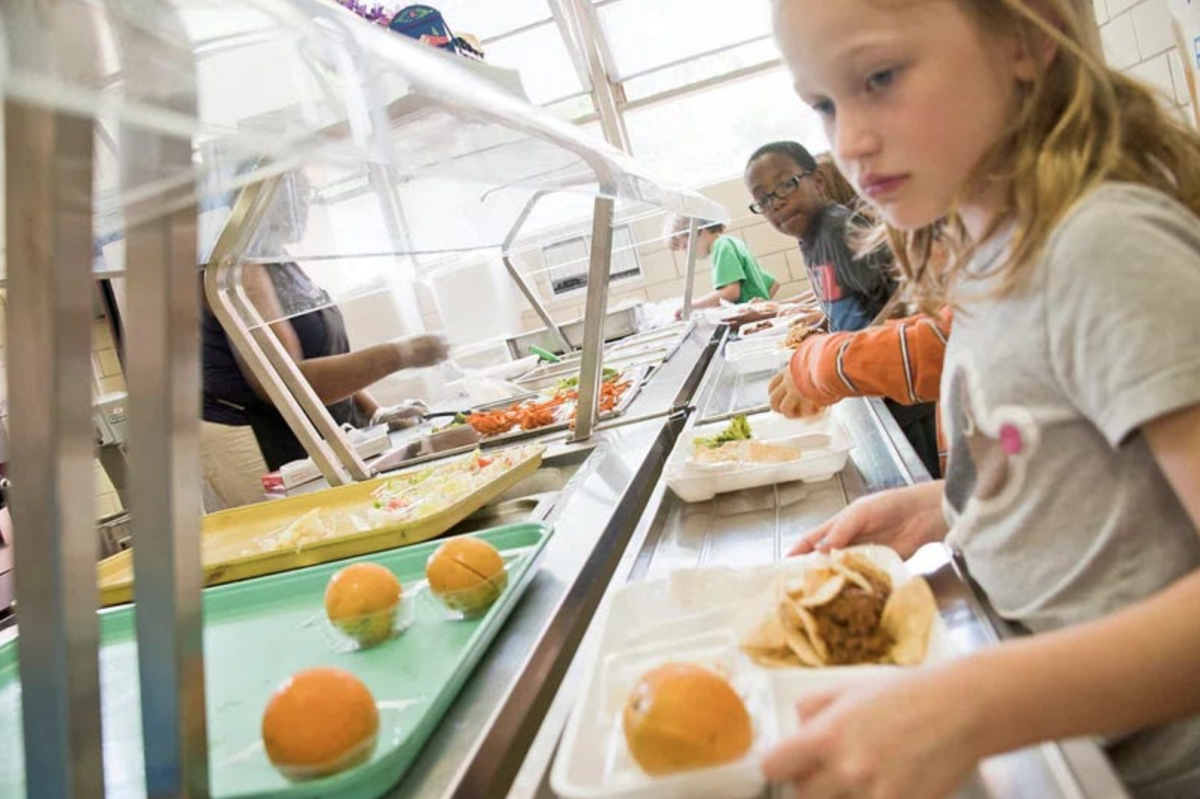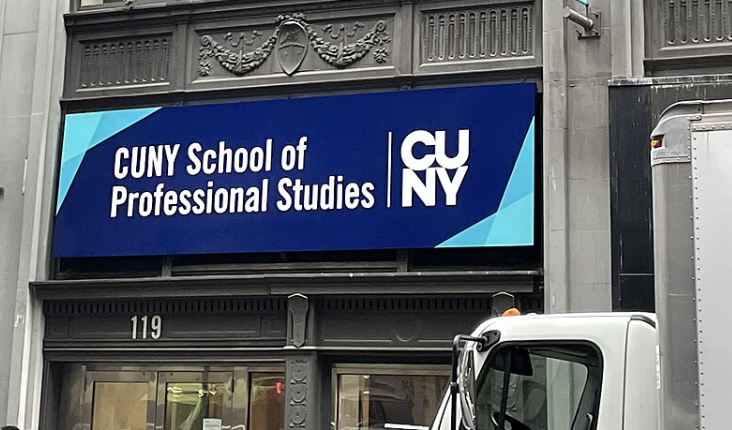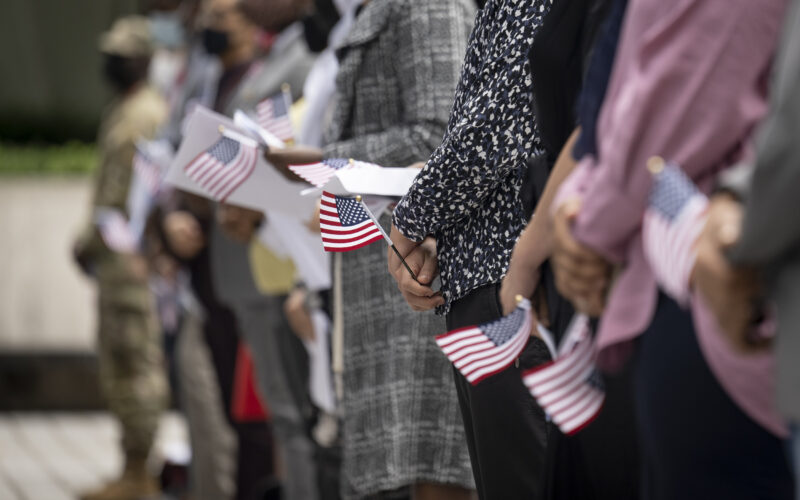Homeless students should be a priority in New York City. While the topic of increasing housing and providing more benefits for low-income individuals has been discussed, helping homeless students in public schools hasn’t been a huge focus.
New York City Mayor Eric Adams is currently focusing on two programs that assign pregnant mothers to housing subsidies to ensure their babies can be born in stable households.
As good as it might sound, this program doesn’t help older kids who are homeless and attending school.
While Adams has focused on helping homeless people, homeless students in particular have not received the same prioritization.
Former Gov. Andrew Cuomo is running as an independent candidate in the upcoming mayoral election. If elected as mayor, Cuomo said he would convert schools that serve a large number of homeless students into “community schools,” offering services like dental care and adult education courses, according to The New York Times.
Cuomo’s focus is on the future of all students in the public school system, but that one-size-fits-all playbook doesn’t consider the unique circumstances homeless students live under.
Cuomo’s competitor and front-runner in the mayoral race, Zohran Mamdani, wants to expand on the Every Child and Family is Known program, an initiative focused on providing for children and families who live in homeless shelters. His education plan is a step toward the right direction in the prevention of homeless students being neglected.
One in seven children have experienced homelessness, making it harder for students to focus on their education. With over 154,000 homeless students, the city must provide more assistance.
While there are ways in which schools can help, it currently isn’t enough. Schools can offer more support by establishing after-school programs for these students to have a place to do their homework, as well as providing mental health support through a therapist or counselor.
The next mayor of NYC must prioritize the needs of homeless students to ensure they have access to the same resources that their peers do.







